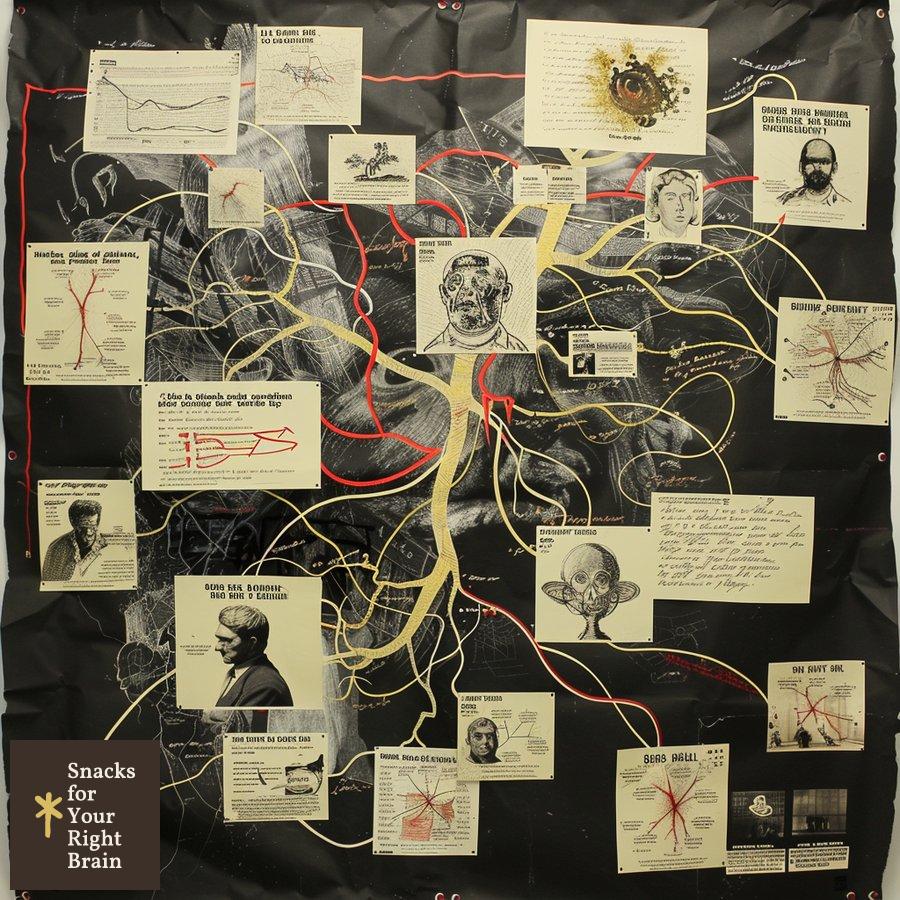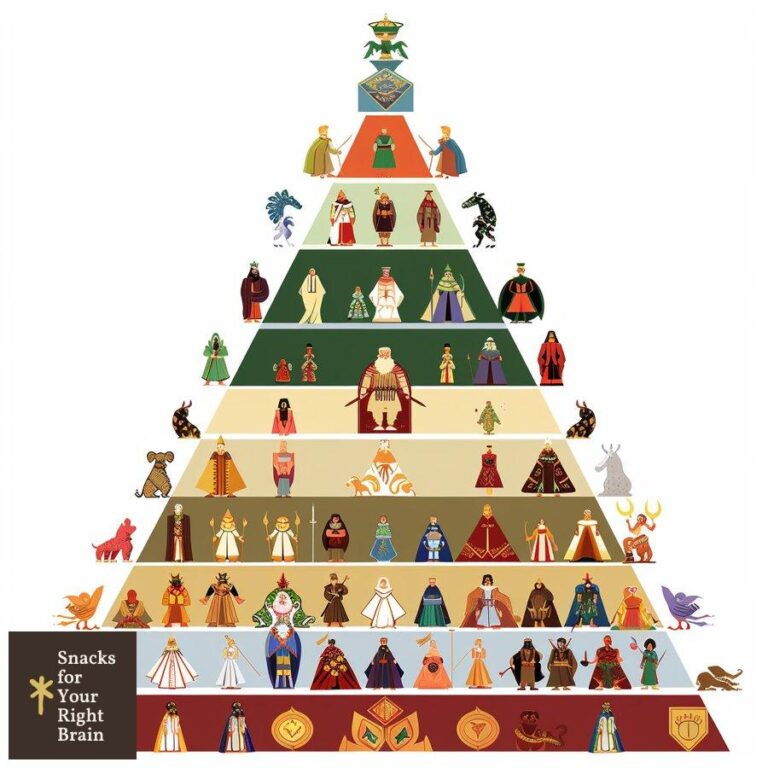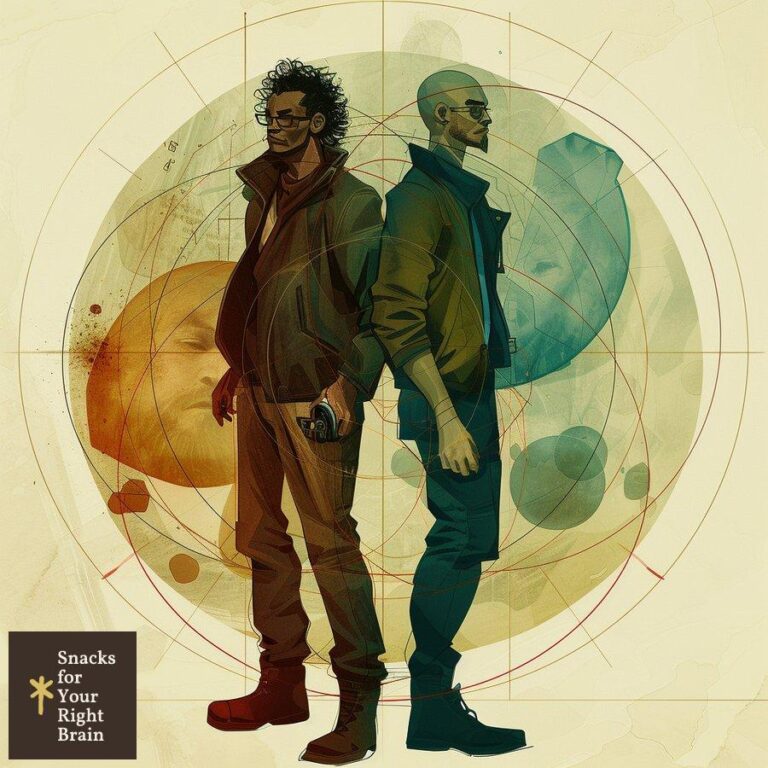What Is Character Irony
What is character irony?
Character irony refers to a literary device where a character’s actions, beliefs, or circumstances contrast sharply with the reality of their situation or the expectations of others. This irony can manifest in various forms, revealing the complexities of human nature and the often unpredictable nature of life. It serves to enhance the narrative by adding depth to characters and highlighting the contradictions inherent in human behavior.
Character irony typically involves a disconnect between what a character perceives and what is true. For example, a character might believe they are making a wise decision, but the outcome proves disastrous. This discrepancy not only creates tension but also invites readers to engage with the character’s journey on a deeper level.
Semantic Triples
- Character: A fictional persona in a narrative.
- Irony: A contrast between expectation and reality.
- Narrative Depth: Enhanced storytelling through complex character portrayals.
How does character irony differ from other types of irony?
Character irony is distinct from other forms of irony, such as situational irony and verbal irony. Understanding these differences is essential for readers and writers alike.
-
Situational Irony: This occurs when there is a stark contrast between what is expected to happen and what actually occurs. For instance, a fire station burning down exemplifies situational irony, as it defies the expectation that a place dedicated to fire safety would be immune to fire.
-
Verbal Irony: This type of irony involves a character saying something but meaning the opposite. A common example is sarcasm, where a character might compliment a poorly executed task, knowing full well that it was done poorly.
Character irony, on the other hand, focuses specifically on the character’s internal conflicts or misunderstandings about their own situation. It often reveals deeper truths about the character’s motivations and the circumstances surrounding them.
| Type of Irony | Definition | Example |
|---|---|---|
| Character Irony | Discrepancy between a character’s beliefs and reality | A character thinks they are loved but is alone |
| Situational Irony | Contrast between expected outcome and actual outcome | A police station being robbed |
| Verbal Irony | Saying one thing but meaning another | Saying “Great job!” when the work is poor |
What are the elements of character irony?
Several elements contribute to the effectiveness of character irony in literature. These elements work together to create a rich tapestry of meaning and engagement.
-
Contradiction: The core of character irony lies in contradictions within a character’s beliefs or actions. These contradictions often lead to unexpected outcomes that reveal deeper truths.
-
Perspective: The way a character perceives their situation can greatly influence the irony. A limited perspective can lead to misunderstandings, enhancing the irony when the truth is revealed.
-
Development: As characters evolve, their understanding of their circumstances may change, leading to new layers of irony. This development can create a dynamic narrative that keeps readers engaged.
-
Conflict: Internal or external conflicts often serve as a backdrop for character irony. The struggle between a character’s desires and reality can lead to poignant moments of realization.
What types of character irony exist in literature?
Character irony can be categorized into several types, each serving distinct narrative purposes.
-
Dramatic Irony: This occurs when the audience knows something that the character does not. This type of irony heightens tension and engagement as readers anticipate the character’s eventual realization.
-
Tragic Irony: Often found in tragedies, this form of irony involves a character’s downfall due to their own flaws or misjudgments. It emphasizes the tragic consequences of their actions.
-
Comic Irony: This type is used to create humor, where a character’s misunderstanding leads to amusing situations. It lightens the narrative while still conveying deeper truths.
-
Socratic Irony: Named after Socrates, this involves a character feigning ignorance to expose the ignorance of others. It serves as a tool for critique and reflection.
| Type of Character Irony | Description | Example |
|---|---|---|
| Dramatic Irony | Audience knows more than the character | A character planning a surprise party unaware of a betrayal |
| Tragic Irony | Character’s flaws lead to their downfall | A hero’s hubris causing their demise |
| Comic Irony | Misunderstandings create humor | A character misinterpreting a romantic gesture |
| Socratic Irony | Feigning ignorance to reveal others’ ignorance | A teacher asking questions to expose a student’s lack of knowledge |
How does character irony enhance storytelling?
Character irony enriches storytelling by adding layers of complexity and engagement. It allows readers to explore the multifaceted nature of characters and their experiences.
-
Emotional Depth: Irony can evoke a range of emotions, from empathy to frustration. Readers may feel sympathy for a character who is unaware of their tragic fate, creating a deeper emotional investment in the narrative.
-
Theme Exploration: Through character irony, writers can explore themes such as identity, truth, and the human condition. The contrast between a character’s beliefs and reality often reflects broader societal issues.
-
Character Development: Irony can serve as a catalyst for character growth. As characters confront their misunderstandings, they may evolve, leading to a more satisfying narrative arc.
-
Engagement: Readers are drawn into the narrative as they seek to understand the discrepancies between a character’s perception and reality. This engagement fosters a more interactive reading experience.
What techniques are used to craft effective character irony?
Crafting character irony requires a nuanced approach that balances subtlety and clarity. Several techniques can help writers effectively incorporate irony into their narratives.

-
Foreshadowing: Subtle hints about a character’s fate can create dramatic irony. By planting clues, writers can build tension as readers anticipate the character’s eventual realization.
-
Symbolism: Objects or events can symbolize a character’s misunderstandings. For instance, a broken mirror might reflect a character’s fractured self-image.
-
Dialogue: Characters’ conversations can reveal their misconceptions. Verbal irony can be employed to highlight the gap between what characters say and what they truly mean.
-
Point of View: The choice of narrative perspective can influence how irony is perceived. A limited point of view can enhance the disconnect between a character’s beliefs and reality.
How can readers identify character irony in texts?
Identifying character irony requires careful reading and analysis. Readers can look for specific cues that signal irony within a narrative.
-
Contradictory Statements: Pay attention to moments when a character says one thing but their actions or circumstances suggest otherwise. These contradictions often reveal underlying irony.
-
Character Reactions: Observe how characters respond to events. A character’s lack of awareness about their situation can indicate irony, especially if their reactions are incongruous with the reality.
-
Narrative Perspective: Consider the perspective from which the story is told. If the narrator knows more than the characters, this can create dramatic irony that enhances the reading experience.
-
Contextual Clues: Analyze the broader context of the story. Themes, symbols, and character arcs can provide insight into the irony present in a character’s journey.
What are some classic examples of character irony in literature?
Numerous literary works feature character irony, showcasing its effectiveness in storytelling. Here are a few notable examples:
-
Oedipus Rex by Sophocles: Oedipus seeks to rid Thebes of a plague, only to discover that he himself is the source of the curse. His determination to uncover the truth ultimately leads to his tragic downfall.
-
Pride and Prejudice by Jane Austen: Elizabeth Bennet initially judges Mr. Darcy as arrogant and proud, only to later realize that her perceptions were misguided. This irony highlights the theme of misjudgment and the complexity of human relationships.
-
Romeo and Juliet by William Shakespeare: The titular characters believe they are acting out of love, yet their impulsive decisions lead to tragedy. The audience is aware of the impending doom, creating dramatic irony throughout the play.
| Literary Work | Example of Character Irony | Description |
|---|---|---|
| Oedipus Rex | Oedipus’s search for truth leads to his downfall | His quest for knowledge results in tragedy |
| Pride and Prejudice | Elizabeth’s misjudgment of Darcy | Her initial perceptions are proven wrong |
| Romeo and Juliet | The lovers’ actions lead to their tragic end | Their love story is steeped in dramatic irony |
How does character irony contribute to character development?
Character irony plays a significant role in character development by exposing flaws, prompting growth, and facilitating self-discovery.
-
Flaw Revelation: Irony often highlights a character’s flaws or misconceptions. This revelation can serve as a turning point, prompting characters to confront their shortcomings.

-
Growth Opportunities: Characters who experience irony may be compelled to change. Their journey toward understanding can lead to personal growth, making them more relatable and dynamic.
-
Self-Discovery: Irony can act as a mirror, reflecting a character’s true self. As they grapple with their misunderstandings, characters may undergo profound transformations, leading to richer narratives.
What challenges do writers face when incorporating character irony?
Incorporating character irony presents several challenges for writers. Navigating these challenges requires careful planning and execution.
-
Subtlety: Striking the right balance between subtlety and clarity is crucial. Overly obvious irony can diminish its impact, while too much subtlety may leave readers confused.
-
Consistency: Maintaining consistency in a character’s beliefs and actions is essential. Inconsistencies can undermine the effectiveness of irony and confuse readers.
-
Reader Engagement: Writers must ensure that the irony resonates with readers. If readers do not connect with the character’s journey, the intended impact may be lost.
-
Complexity: Crafting layered irony can be complex. Writers must consider how various elements—such as plot, character arcs, and themes—interact to create a cohesive narrative.
How does character irony impact reader engagement?

Character irony significantly enhances reader engagement by fostering emotional connections and encouraging critical thinking.
-
Emotional Investment: Readers often become emotionally invested in characters who experience irony. The tension between a character’s beliefs and reality can evoke empathy and sympathy.
-
Critical Analysis: Irony invites readers to analyze the text more deeply. As they uncover layers of meaning, readers engage in a more active reading experience, fostering a sense of participation in the narrative.
-
Anticipation: Dramatic irony, in particular, creates anticipation. Readers may find themselves eagerly awaiting a character’s realization, heightening their engagement with the story.
What role does character irony play in thematic development?
Character irony serves as a powerful tool for thematic development, allowing writers to explore complex ideas and societal issues.
-
Theme Exploration: Irony can illuminate themes such as identity, truth, and the human condition. The contrast between a character’s beliefs and reality often reflects broader societal issues, encouraging readers to reflect on these themes.
-
Moral Lessons: Through character irony, writers can convey moral lessons. Characters who fail to recognize their flaws may serve as cautionary tales, prompting readers to consider the consequences of their actions.
-
Societal Critique: Irony can be used to critique societal norms and expectations. By highlighting the discrepancies between characters’ beliefs and reality, writers can challenge readers to question accepted truths.
How is character irony used in modern literature and popular culture?
In modern literature and popular culture, character irony continues to be a prevalent device, reflecting contemporary themes and societal issues.
-
Literary Works: Many contemporary authors employ character irony to explore complex themes. Works such as “The Road” by Cormac McCarthy and “The Brief Wondrous Life of Oscar Wao” by Junot Díaz showcase characters grappling with their identities and societal expectations.
-
Film and Television: Character irony is also prominent in film and television. Shows like “Breaking Bad” and “The Office” utilize irony to develop characters and create engaging narratives that resonate with audiences.
-
Social Media: In the age of social media, character irony is often reflected in the personas individuals create online. The contrast between online identities and real-life experiences can lead to moments of irony that resonate with audiences.
| Medium | Example of Character Irony | Description |
|---|---|---|
| Literature | “The Road” by Cormac McCarthy | Characters face harsh realities versus their hopes |
| Film | “Breaking Bad” | Walter White’s descent into crime reflects irony in his choices |
| Television | “The Office” | Characters’ misunderstandings create humorous situations |
What methods can be used to analyze character irony in literary works?

Analyzing character irony requires a systematic approach that considers various elements of the text. Several methods can be employed to gain a deeper understanding of irony in literature.
-
Close Reading: This method involves examining the text closely to identify contradictions, character motivations, and thematic elements. By paying attention to language and structure, readers can uncover layers of irony.
-
Contextual Analysis: Understanding the historical and cultural context of a work can provide insight into the irony present in character portrayals. This analysis can reveal how societal norms influence characters’ beliefs and actions.
-
Character Mapping: Creating a character map can help visualize relationships and contradictions within a narrative. This method allows readers to track character development and the evolution of irony throughout the story.
-
Thematic Exploration: Analyzing how character irony contributes to broader themes can deepen understanding. Readers can explore how irony reflects societal issues and moral lessons within the narrative.
How can character irony reveal deeper meanings in a story?
Character irony serves as a lens through which deeper meanings can be revealed. It encourages readers to engage with the text on multiple levels.
-
Complexity of Human Nature: Irony often highlights the complexities of human nature, revealing the contradictions and misunderstandings that characterize human relationships. This exploration can lead to profound insights about identity and truth.
-
Reflection of Society: Through character irony, writers can reflect societal norms and expectations. The contrast between a character’s beliefs and reality can challenge readers to reconsider accepted truths and question societal values.
-
Personal Growth: Characters who confront their misunderstandings may undergo significant personal growth. This journey can resonate with readers, prompting them to reflect on their own experiences and the complexities of their lives.
In conclusion, character irony is a multifaceted literary device that enriches storytelling by adding depth to characters, enhancing themes, and engaging readers. By understanding its various forms and techniques, both writers and readers can appreciate the intricate ways in which character irony shapes narratives and reveals deeper meanings within literature.





